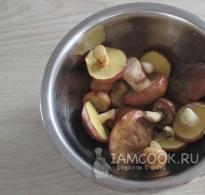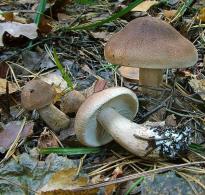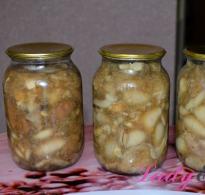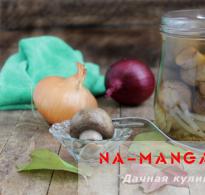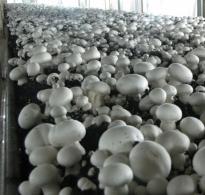Methods for freezing white milk mushrooms for long-term storage
Can white milk be frozen for the winter? Typically, these mushrooms are salted in various ways, but this type of canning is not suitable for some dishes that require boiled or fried fresh mushrooms, and freezing is a good solution. But fresh milk mushrooms are a little bitter, so freezing this product has some peculiarities.
Can milk mushrooms be frozen raw? This is possible, but not recommended, because the product will taste bitter without pretreatment. Of course, the bitterness is safe for the human body, but if you prepare a dish from the milk stored in this way, it will affect the taste. In order to preserve all the taste and get rid of unpleasant bitterness, the mushrooms are pretreated. There are several ways:
- scalding;
- boiling;
- roasting;
- extinguishing;
- salting.
Scalding
This is the fastest way to get rid of the bad taste. Need to:
- rinse thoroughly and clean from dirt;
- scald with boiling water;
- sort by size (small mushrooms are frozen whole, and large ones - it is recommended to cut them into identical slices for convenience).
Scalding allows you to quickly prepare raw materials for freezing for the winter. A small disadvantage of this method is that after defrosting, the mushroom bodies can lose the density characteristic of this species.
Boiling
You need to prepare products before freezing as follows:
- wash and clean;
- cut into equal pieces;
- dipped in boiling water (immersion in boiling water contributes to the fact that the mushroom protein curls up and the pieces acquire density);
- cook for 10 minutes.
After that, put it in a colander and let the excess liquid drain, and then put it in containers and place in a chest freezer.
Roasting
The washed and cleaned product must be cut into small pieces and fry in a skillet for 20 minutes. Fry in sunflower or vegetable oil in a lidded pan.
After cooling, the semi-finished product is frozen.
You can fry in the oven without adding oil. Place the pieces on a baking sheet and simmer, stirring occasionally, until the moisture completely evaporates. The temperature in the oven should be no more than 180⁰. Oil-free processing helps preserve mushroom aroma and flavor.
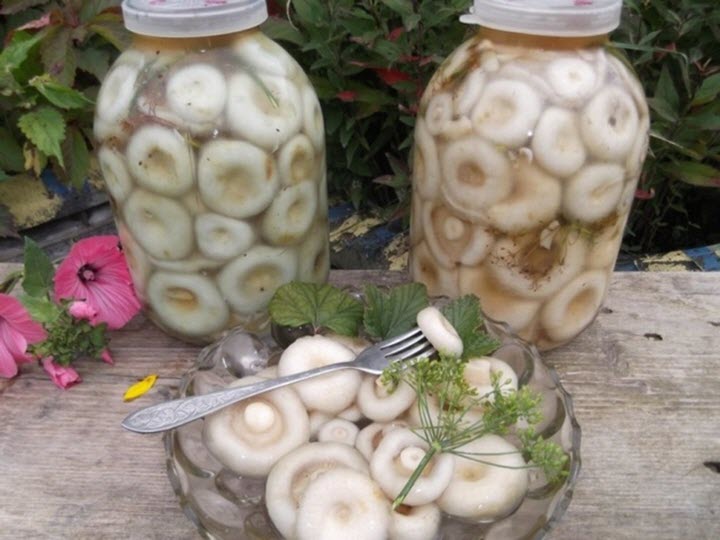
Extinguishing
This method is not always convenient, because not all dishes can be cooked with such a semi-finished product. But lovers of soups, julienne or mushroom hodgepodge can use this recipe to feast on their favorite dishes in winter. The workpiece is done like this:
- the crude product is boiled for 10 to 15 minutes, and then the liquid is drained;
- the pieces are poured with a small amount of mushroom broth and stewed in a closed container with the addition of salt and spices (it is better to stew with the addition of sautéed vegetables and onions).
Before freezing, in this case, excess liquid is not removed. You can store such a blank for no more than 3 months.
Salting
Salting is an independent method of conservation, but if it is not possible to store salted mushrooms at a certain temperature regime, it is recommended to freeze them, otherwise you can lose all the blanks made for the winter.
To preserve salted products, the brine is drained from the cans, and the mushroom bodies are squeezed out, removing excess liquid. You can freeze them whole or by cutting them into slices.
Unfortunately, after salting, frozen milk becomes soft and can only be used as a filling for pies or for making mushroom pâtés.
Is it possible to freeze with the proposed methods not only white, but also other types of milk mushrooms? It is possible, and the rules for making semi-finished products will be exactly the same.
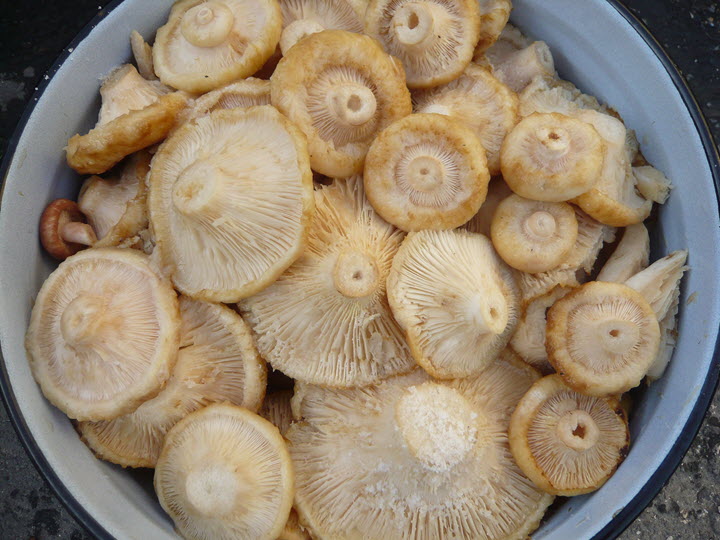
Many people often face the problem that after defrosting, mushroom pieces become soft, acquire a "snotty" consistency. Of course, this does not affect the taste of the product, but the prepared dish turns out to be not so aromatic and pleasant to the taste. To avoid this, you should familiarize yourself with the tricks from experienced chefs:
- Sorting. No matter how pitiful it is, you need to carefully sort the raw materials, rejecting old or spoiled mushrooms.
- Thorough cleaning. When harvesting for the winter by freezing, it is very important to clear the mushrooms from needles and other forest debris. This can be easily done by soaking them in cold water for a couple of hours.
- Heat treatment. Raw mushrooms have an unpleasant bitter taste, and cooking will help eliminate this. But if there is no time, you can freeze the raw product after soaking and cleaning. One has only to remember that after defrosting raw mushrooms, before adding to soup or julienne, must first be subjected to heat treatment to eliminate bitterness.
- Drying. The mushroom body, like a sponge, absorbs moisture when boiled or soaked, and when it freezes, the water destroys the structure of the mushroom, making it soft. To prevent this from happening, after heat treatment, it is recommended to give the product to remove excess moisture and dry it a little.
- It is recommended to freeze in small portions necessary for a one-time preparation of a dish. It is important to remember that you cannot re-freeze the milk mushrooms.
- Duration of storage of semi-finished mushroom products should not exceed 6 months.
- When cooking, it is better to add frozen mushroom pieces - after boiling or stewing, they will be denser.

